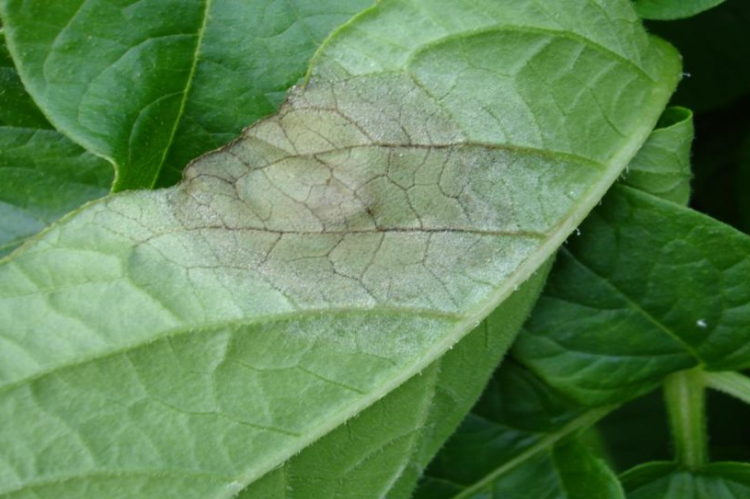Potato Blight Management Needs to Start Early
14 June 2022As with so many things, prevention is better than cure and eliminating the obvious sources of blight are just as important as ever. Managing volunteers and controlling growth on dumps reduces the pressure on surrounding crops and hence can increase the efficacy and reduce the cost of fungicide programmes as a result. With chances in fungicide availability and rapid adaptations in the blight pathogen, acting early to reduce risk at source is vital.
Planning out a fungicide programme and trying to mix and alternate to get good efficacy and reduce resistance risk is key. There have been a number of changes to available fungicides. Mancozeb is still approved for use but there is unlikely to be much available as co-formulated products this season so planning early will let you adjust programmes and seek alternatives if necessary.
Blight itself is constantly adapting and over recent years this has lead to concerns about fungicide resistance strains. Since neither fluazinam or metalaxyl-M are recommended for use then the strains carrying resistance to them are of less relevance now. The concern over the apparently greater degree of aggressiveness of the new genotype 36_A2 also remains. To protect crops during periods of high-risk weather, especially where risk continues for 3 or more days, it is advised that a shorter spray interval, e.g. one of 5 or 6 days, is used at these times. Alternatively, make sure that the most effective fungicides, or combinations, are used to cover periods of high-risk weather.
High risk conditions are one Hutton Period or more, active blight in the area or a crop grown from seed that has, or is suspected of having, tuber blight. Also consider crop location because periods of prolonged high relative humidity are more likely in sheltered locations.
Plant resistance to late blight is lowest when the plants are small and increases with growth stage because upper leaves are more resistant. Matching the efficacy of fungicide sprays prior to rapid canopy development to the degree of threat is key. Spray intervals should be no longer than 7 days although shorter intervals of 5 or 6 days may be required to control 36_A2 during high-risk weather periods, especially extended ones. Most fungicides have a minimum spray interval of 7 days, however, shorter intervals can be obtained by alternating products. SRUC trials have show that it is better, given the choice, to keep intervals tight with less effective products if necessary, rather than to stretch gaps to accommodate minimum spray intervals on more effective products.
Fiona Burnett and Ruairidh Bain SRUC for the Farm Advisory Service
Related Materials
Getting the Best out of our Fungicides
Sign up to the FAS newsletter
Receive updates on news, events and publications from Scotland’s Farm Advisory Service

